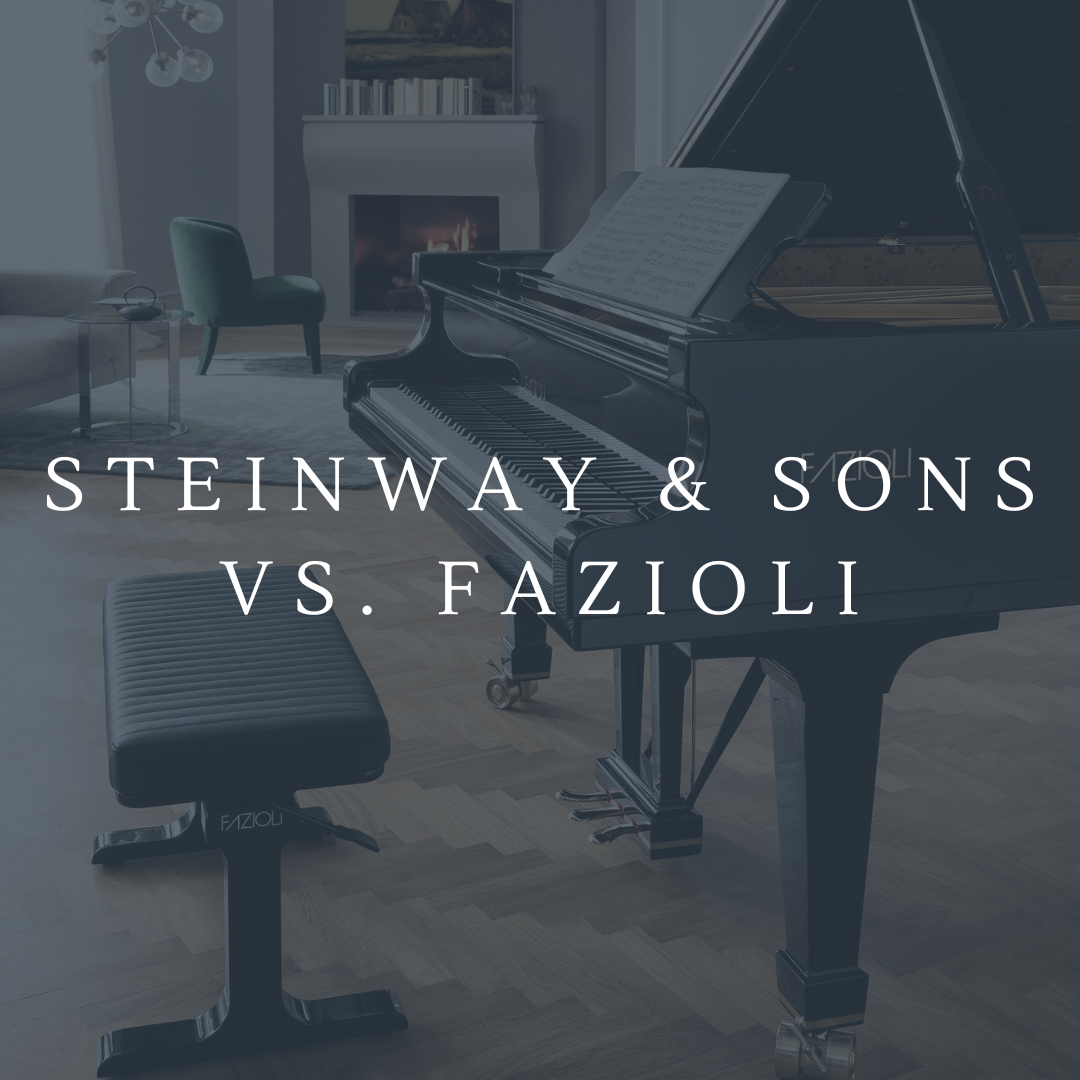- HOME
- NEW PIANOS +
- PRE-OWNED PIANOS +
- ABOUT +
- EVENTS +
- SERVICES +
- (480) 955-9133

Steinway and the Teflon Action: A brief discussion
With pictures from a recent Steinway B chosen by the Church for their sanctuary. Part I
This blog entry addresses one of the most important parts in a Steinway piano: the action mechanism. Simply and broadly said, the action mechanism engages when you touch a key and ends when the hammer returns to its original position after hitting the string.
Most customers in the Arizona market looking to purchase a high-quality Steinway often lack information about what to look for and what to be aware of in particular when it comes to the Steinway action. The fact is that there are vast differences in Steinways manufactured in different periods and there are specifically two issues to look out for when purchasing a pre-owned Steinway. In this blog we will discuss one of them: the Teflon Action.
In 1962 Steinway, owned by CBS at the time, introduced the Permafree Action. In essence, the Steinway managers at the time believed that replacing felt with hard and more resistant Teflon would bring to their pianos better performance and longevity.
For those not familiar with why we have been using felt in the piano: Felt allows us to insert metal pins to connect moving wood parts in a piano. As both wood and metal are hard materials, if they touched directly, they could and would create sound which would impede the playing. Furthermore, because the pins and wood have different properties when faced with temperature and humidity variations you could never make them fit perfectly. Since the inception of piano making the solution was to “coat” each metal pin in a felt. The action became quiet and yet flexible. The felt also has a “woodish” quality: it will expand when there is more humidity and contract when there is less. In other words, the felt “coat” around the metal pin adapts along with the wood to seasonal changes.
There are some disadvantages to felt. When the changes in humidity and temperature around a piano are too fast and too abrupt, the felt reacts faster than the wood which leads to e.g. sticky keys. Also, from time to time, depending on the intensity of the piano played, the felted parts need to be exchanged.
Steinway’s decision to utilize Teflon parts to boost longevity and avoid service issues with their action seemed like a great idea. As thousands and thousands of Steinways were manufactured, it became clear that the Steinway’s PermaFree action had a major flaw at times. When the keys around the joints would expand the Teflon parts do not. This can create small gaps and allow the Teflon parts to be kind of “tossed around” which in turns create unwanted noise in the action. Thousands of Steinways are plagued by this problem as they only stopped in 1986 and reverted back to the gold standard of felt.
Recently, another church, this time from Prescott, was looking for a good piano for their performance stage. We had just gotten a pre-owned Steinway B from a customer who had upgraded to a FAZIOLI grand piano. The instrument has a wonderful sound and has been cared for meticulously. It was a Steinway from the Teflon era and church representatives looking for an instrument to serve them a long time opted to upgrade all action parts to the modern standard which is again felt.




Comments will be approved before showing up.


Henry F. Miller grand pianos are celebrated for their blend of traditional craftsmanship and modern engineering, resulting in instruments that offer exceptional musical performance and enduring quality. Here are some of the key technical features commonly found in Henry F. Miller grand pianos:
